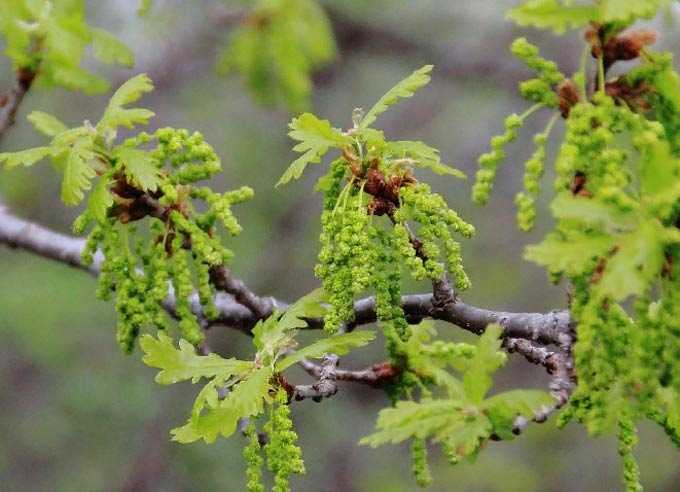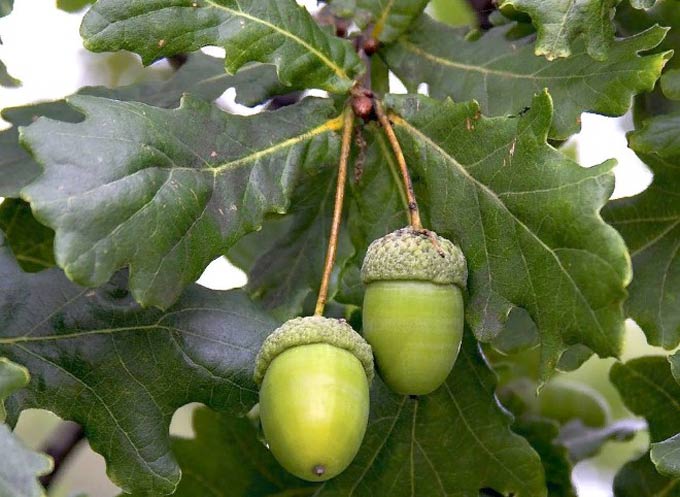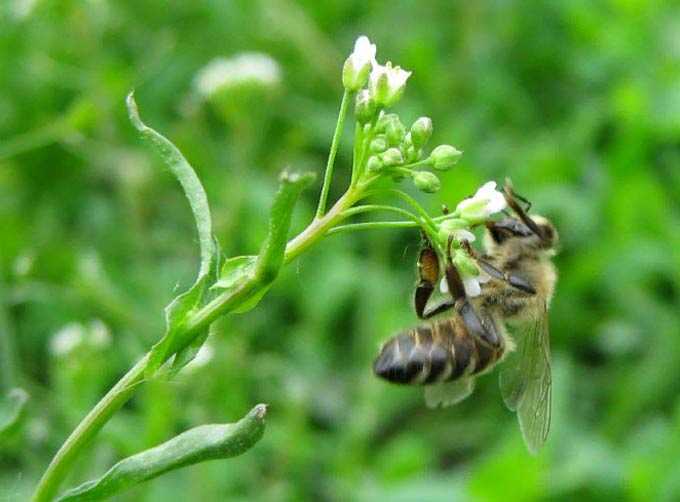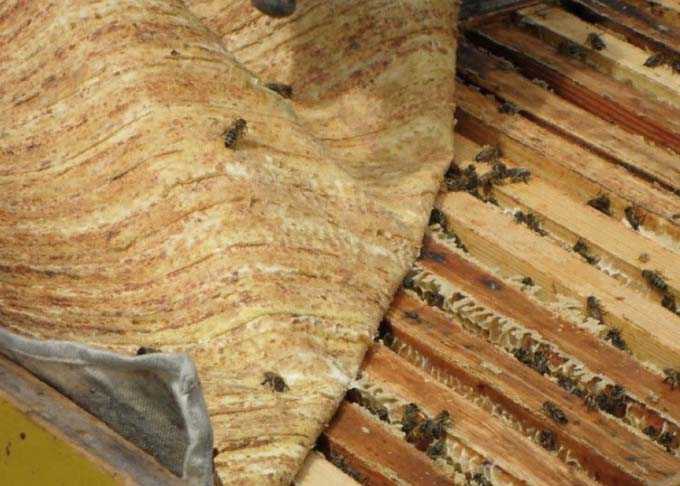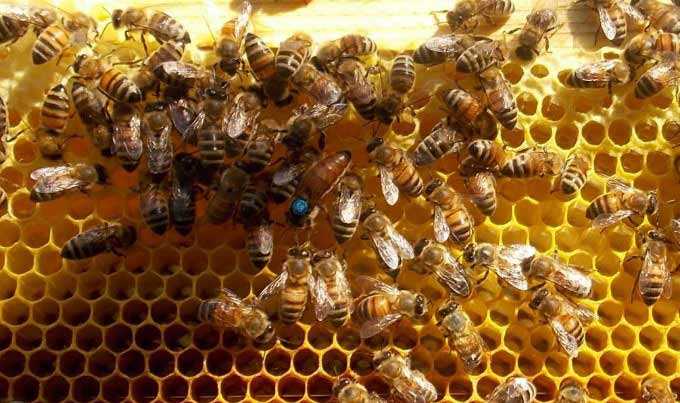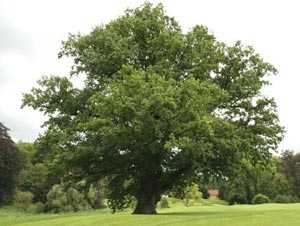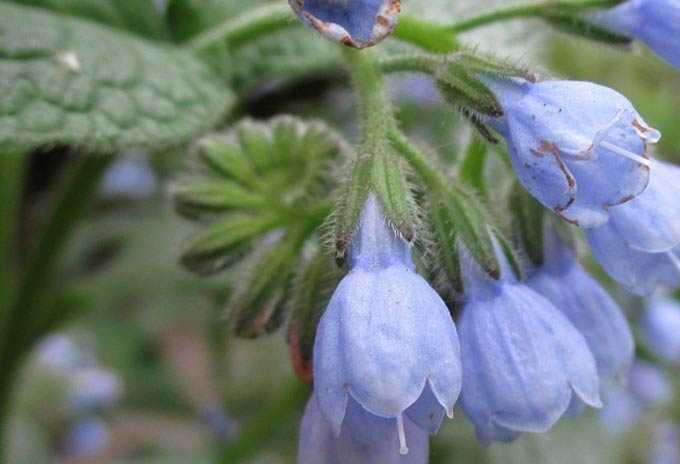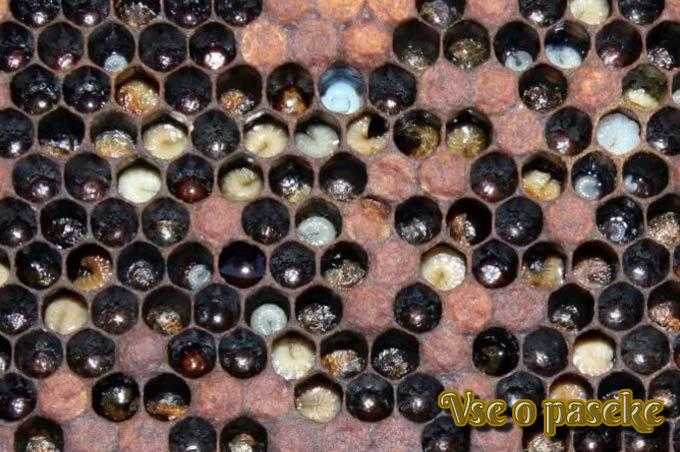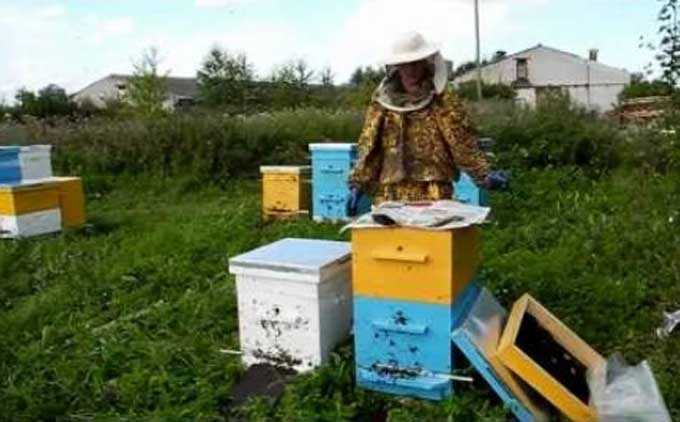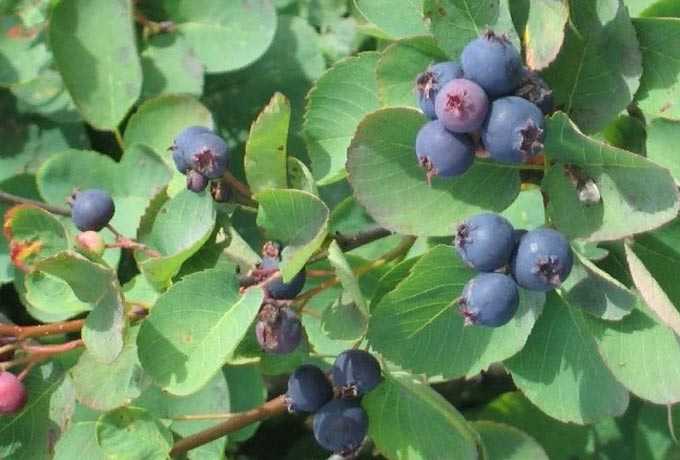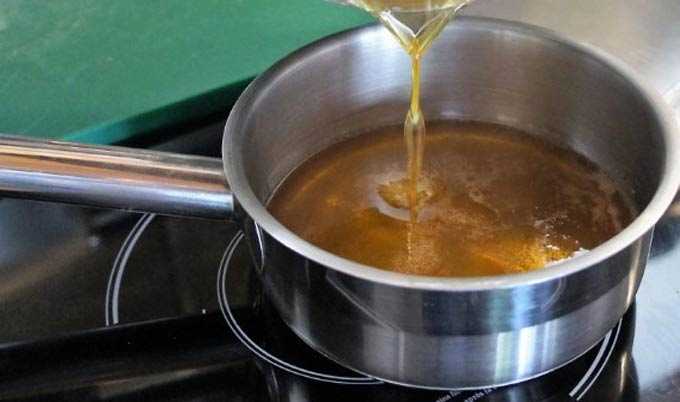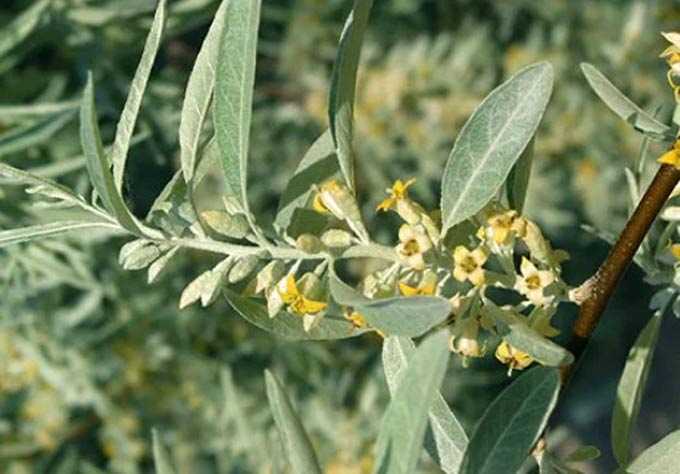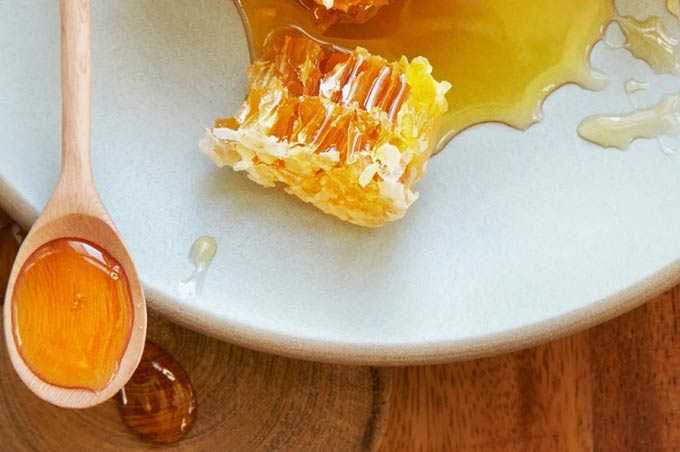Oak as a honey plant shows very modest results. But, nevertheless, it is included in some reference books on honey plants.
The content of the article
- 1 Distribution
- 2 Description
- 3 Significance for agriculture
- 4 Agrotechnics and medical productivity
- 5 The properties of honey
Distribution
Oaks are typical inhabitants of the temperate climate zone, found in the Northern Hemisphere. The tree is often mixed with other species and grows in coniferous-deciduous forests. Single trees can be found in the forest-steppe along the gullies and ravines. Oaks are also used to form protective forest belts.
Under this name, the scientific classification unites more than 600 plants, including shrubs, from the beech family.
Several species grow successfully south of the equator. There are evergreen varieties, one of which is found in Mallorca (Mallorca) and gives quite tangible yields of nectar for bees there.
Description
The tree is easy to identify by its acorns, which are essentially nuts. Most of the species are beautiful trees with a spreading crown and a powerful trunk.
The trunk diameter of old plants reaches 1-1,5, and the height is 30-40 meters. The bark is brown-gray, covered with deep cracks. In young shoots, it is smooth, red-brown or green-brown. The foliage is typical for the breed, leathery and shiny.
When blooming in May, early June, the tree throws out both female and male inflorescences. They are distinguished by their appearance: spikelets are female, and earrings are male flowers.
On the territory of the Russian Federation, in its European part, and in Ukraine, the pedunculate oak is most common, which is divided into two races according to the flowering time:
- summer, blooming in May;
- and winter, throwing out inflorescences three weeks later.
Other varieties:
- Mongolian – with an area in the Far East and in the Amur region;
- toothed – found in the same regions;
- rock – gradually disappearing from the territory of Russia (the largest forests grow in the territory of the Caucasus and in the western Russian regions), but still filling the rest of Europe.
Significance for agriculture
Oaks are extremely valued for durable and beautiful wood used for the manufacture of furniture, musical instruments, shipbuilding, and the construction of residential buildings. Corks for winemaking are made from special breeds.
And the bark is used to tan the leather. The same tannins, which have astringent and disinfecting effects, are used in medicine to treat diarrhea and bleeding gums.
Acorns are beneficial. They are dried, ground and made into a coffee drink. In Europe, they feed it to animals, and people eat it in baked form (for example, the North American Indians do it).
Elite mushrooms – truffles – are grown under living trees. They act as symbionts with the oak root system.
Agrotechnics and medical productivity
Oaks reproduce by means of mature acorns. They can be used without any problems in ornamental gardening to decorate the backyard.
Low honey productivity. Oaks predominantly emit yellow-green pollen, which bees collect.
Honeydew and honeydew can also get into bee hives. By the way, honeydew oak honey is valued in Europe as a rich source of vitamins and minerals. But in Russian conditions it is not specially pumped out.
The properties of honey
The presence of oak nectar in the hives can be determined by its heavy odor and flowering time (for the summer variety it is May, for the winter variety it is mid June).
This sort of honey is not pumped out as a marketable one. Therefore, it is not possible to talk about its medicinal properties.
At the same time, it is known that such honey cannot be used for feeding! Since it causes nectar toxicosis, which greatly weakens the bee colonies. Having been ill, the bees will not be able to work in full force on the main bribe.
